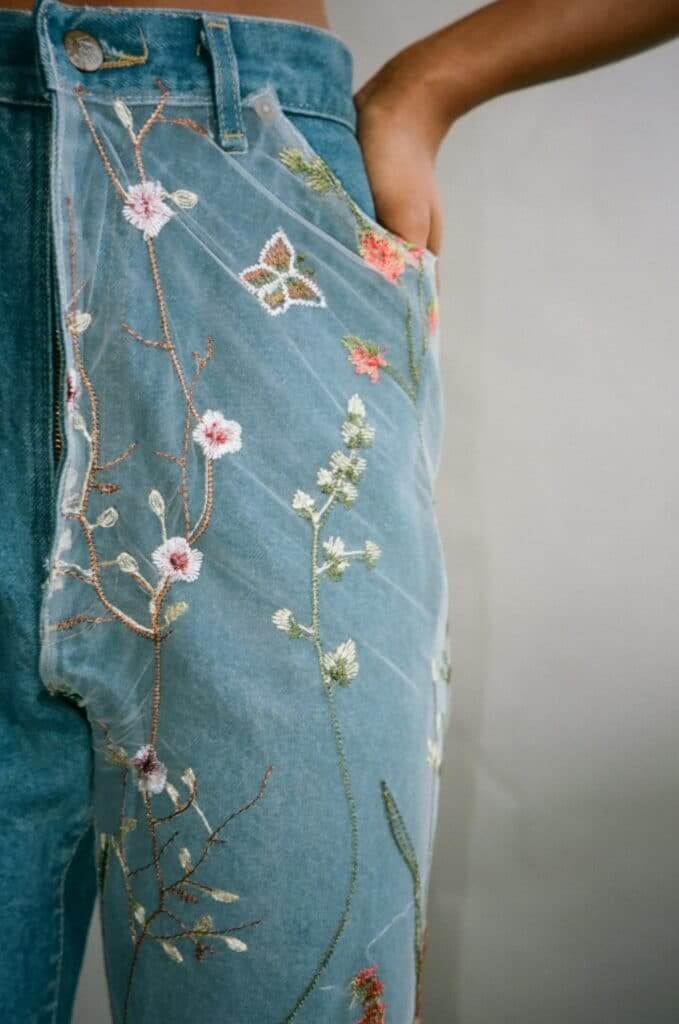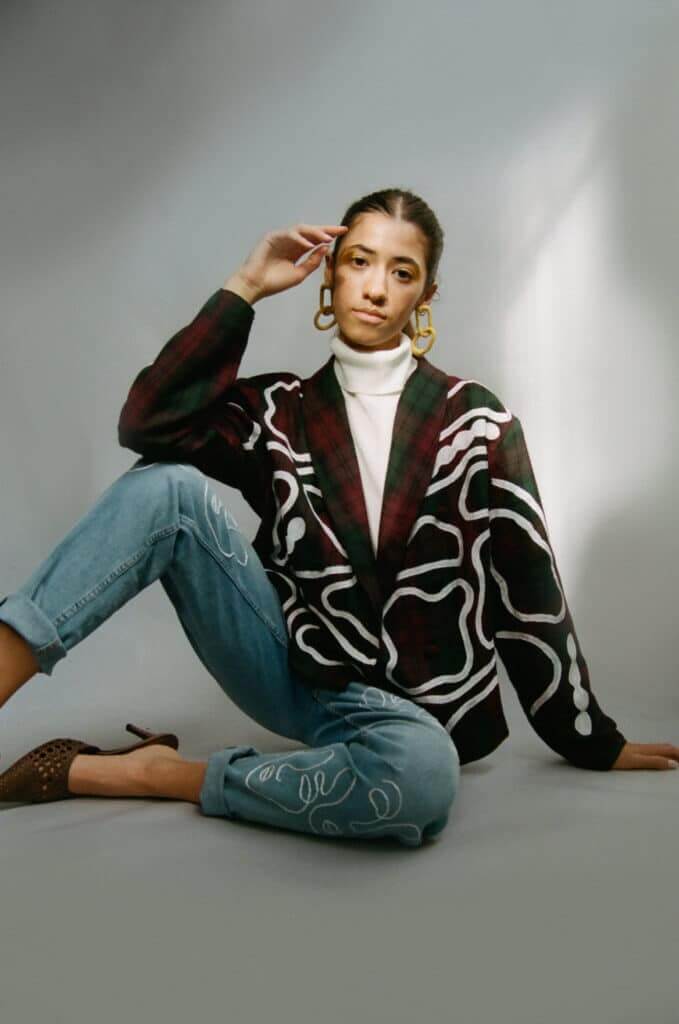If you have scrolled through a fashion brand’s or influencer’s Instagram or have read any fashion news, you probably have been hearing the term “Circular Fashion” quite often now. If the only thing that comes into your mind is a round shape filled with clothes, don’t worry, you are not so far away from the idea.
Circular fashion is a movement that challenges the traditional fashion system which is built on a linear line. “Produce it, sell it, bin it.” The aim of the Circular Fashion Movement is to extend the life of garments by reusing them. It can be done by recycling, reselling, renting, donating, or upcycling. The latter refers to the practice of using deadstock fabrics or pieces of a garment to create a new piece. A great example of this is a trend that has shaken the industry in the last couple of years –Patchworking.
Funnily enough, the trend has been around for many years –almost 5000. However, it has never been seen as a trend but a necessity, until recently. The TikTok-native generation Gen-Z has embraced the DIY trend which often results in creating patchwork pieces. The patchwork trend also responds to the increasing demand of “owning something unique”.
One of the pioneers in the industry is Fanfare Label, a clothing brand that creates unique pieces using the patchwork technique. A female-founded brand, Fanfare Label taps into sustainability in many angles, aiming to challenge fast-fashion by providing both fashionable and Earth-friendly pieces at affordable prices. The brand creates unique pieces that are almost impossible to find in a fast fashion store by utilizing deadstock materials. Fanfare Label uses sustainable certified materials such as chemical free organic cottons, ethical linens, recycled textiles and vegan-friendly finishings. In Fanfare, each piece is crafted to be a conscious and a unique one.
#patchwork #upcycling #sustainaiblefashion


